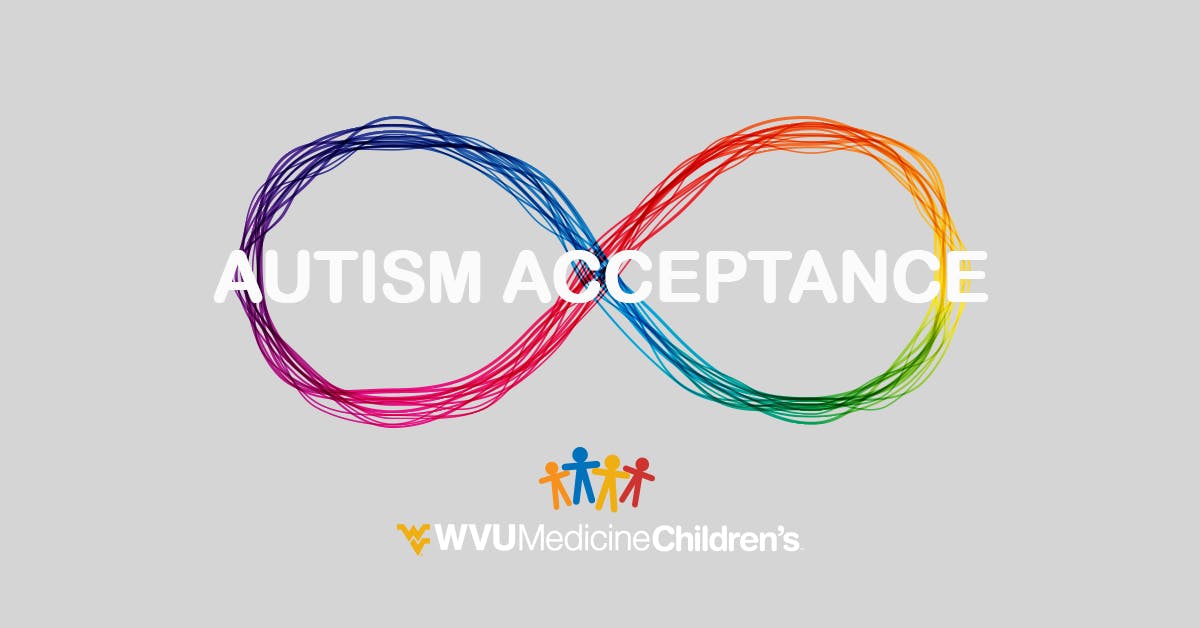The Importance of Family Members Support in the Journey with Autism
Discovering Autism: Methods for Reliable Interaction and Communication
Reliable interaction and interaction with people on the autism spectrum require an extensive understanding of their unique requirements and preferences. The details of these approaches reveal more factors to consider that warrant expedition, specifically in how they can be adjusted to diverse contexts and specific experiences.
Comprehending Autism Spectrum Condition
Autism Spectrum Problem (ASD) encompasses a series of neurodevelopmental conditions characterized by difficulties in social interaction, communication, and repeated habits. The term "range" mirrors the varied manifestations and differing levels of severity experienced by people with ASD. While some may exhibit considerable disabilities, others may present high-functioning traits, enabling for greater self-reliance in life.
The onset of ASD commonly happens in very early childhood years, with indicators frequently identifiable by age two. Early indicators may include postponed speech advancement, limited eye get in touch with, and difficulties in comprehending social hints. The accurate etiology of ASD remains uncertain, research study suggests a mix of hereditary and ecological variables plays an essential role in its growth.
As a result, interventions and assistance tailored to individual demands are necessary for cultivating interaction and social skills. Acknowledging the complexity of ASD is crucial for promoting recognition, approval, and effective methods that assist in purposeful communications with individuals on the range.

Value of Clear Communication
Effective communication is vital for cultivating understanding and link, especially for people with Autism Range Condition (ASD) Clear communication not just promotes social communications yet likewise boosts the person's ability to share their needs, ideas, and feelings. For individuals with ASD, the subtleties of language can usually be testing; as a result, making use of distinct and straightforward language is vital.
Furthermore, clear communication helps minimize disappointment and stress and anxiety that might emerge from misunderstandings. When messages are conveyed in a straight and regular way, people with ASD are better geared up to interpret details precisely, which can dramatically enhance their social involvement and involvement in different setups.
Establishing regimens and utilizing aesthetic supports can further bolster clear interaction. These methods provide people with predictable structures that assist understanding and retention of info. In addition, actively being and paying attention patient throughout communications promotes a helpful environment where people with ASD really feel valued and comprehended.
Eventually, prioritizing clear interaction not only empowers individuals with ASD yet also fosters even more meaningful links with their peers, caregivers, and the larger neighborhood, paving the method for comprehensive communications and collective connections. - autism
Non-Verbal Communication Techniques
Communication extends beyond words, and for individuals with Autism Spectrum Problem (ASD), non-verbal signs play a substantial role in interactions. Non-verbal interaction strategies can consist of faces, motions, body language, and eye call, every one of which offer as essential parts for sharing emotions and intents.
Recognizing and analyzing these non-verbal signals can improve interactions with people with ASD. A warm smile or open posture can produce a welcoming environment, motivating engagement. Using aesthetic help-- such as picture cards or icons-- can link interaction gaps and help communicate messages more successfully.
It is likewise important to be conscious of individual room, as individuals with ASD may have various convenience levels relating to closeness. Observing their reactions to physical distance can educate appropriate modifications.

Developing Encouraging Environments
Producing a helpful setting is important for fostering favorable interactions and improving the well-being of people with Autism Range Disorder (ASD) Such environments can significantly reduce stress and anxiety and create a sense of safety, permitting individuals to express themselves much more easily.
To achieve this, it is necessary to take into consideration sensory sensitivities that people with ASD may experience. Changing the physical room to consist of soft lighting, marginal history sound, and comfortable seating can develop a soothing environment. In addition, using regular routines and clear aesthetic routines can help people anticipate transitions and reduce unpredictability, further advertising comfort.
Social rooms ought to be structured to minimize overwhelming stimulations while offering possibilities for interaction in favored tasks. Facilitating areas marked for silent time can likewise act as a refuge during minutes of stress. Notably, incorporating aspects of option equips individuals, allowing them to exercise agency in their atmosphere.

Urging Social Interactions
Promoting social interactions amongst individuals with Autism Range Problem (ASD) calls for deliberate strategies that prioritize convenience and involvement. Developing predictable routines can aid reduce anxiety, making social settings much more friendly. Creating organized atmospheres with defined these details responsibilities and roles permits individuals to engage without the overwhelming pressure of disorganized social look at here now dynamics.
Incorporating rate of interests and toughness into social tasks can work as a catalyst for communication. As an example, arranging group tasks around shared leisure activities or topics of fascination can promote all-natural discussions and links. Furthermore, making use of visual supports, such as social scripts or photographic schedules, can aid in recognizing social cues and expectations.
Modeling suitable social behaviors is important - autism. Peers and adults should show reliable communication techniques, including active listening and turn-taking. Role-playing scenarios can additionally offer a safe area for people to practice these skills
Last but not least, promoting peer partnerships with comprehensive methods is necessary. Encouraging inclusive playdates or team trips can produce chances for socialization in a comfortable setting. By applying these educators, approaches and caregivers can dramatically boost social communications for people with ASD, promoting their total social growth and well-being.
Conclusion
Finally, efficient interaction and communication techniques are essential for supporting individuals with Autism Range Disorder. Stressing clear language, including non-verbal signs, and establishing predictable routines considerably enhance interaction and lower anxiousness. Developing helpful settings fosters safe social communications, while motivating shared interests promotes purposeful connections. Inevitably, these methods encourage individuals with autism to browse social landscapes, advertising their overall wellness and making it possible for the development of lasting relationships.
Efficient communication and communication with individuals on the autism spectrum necessitate a thorough understanding of their distinct demands and choices. Clear communication not just assists in social interactions however additionally boosts the person's ability to reveal their thoughts, requirements, and emotions.Fostering social interactions among individuals with Autism Range Condition (ASD) requires deliberate approaches that focus on comfort and involvement. By carrying out these caregivers, instructors and techniques can dramatically boost social communications for find more info people with ASD, promoting their total social advancement and well-being.
In verdict, effective interaction and interaction techniques are necessary for sustaining individuals with Autism Spectrum Disorder.